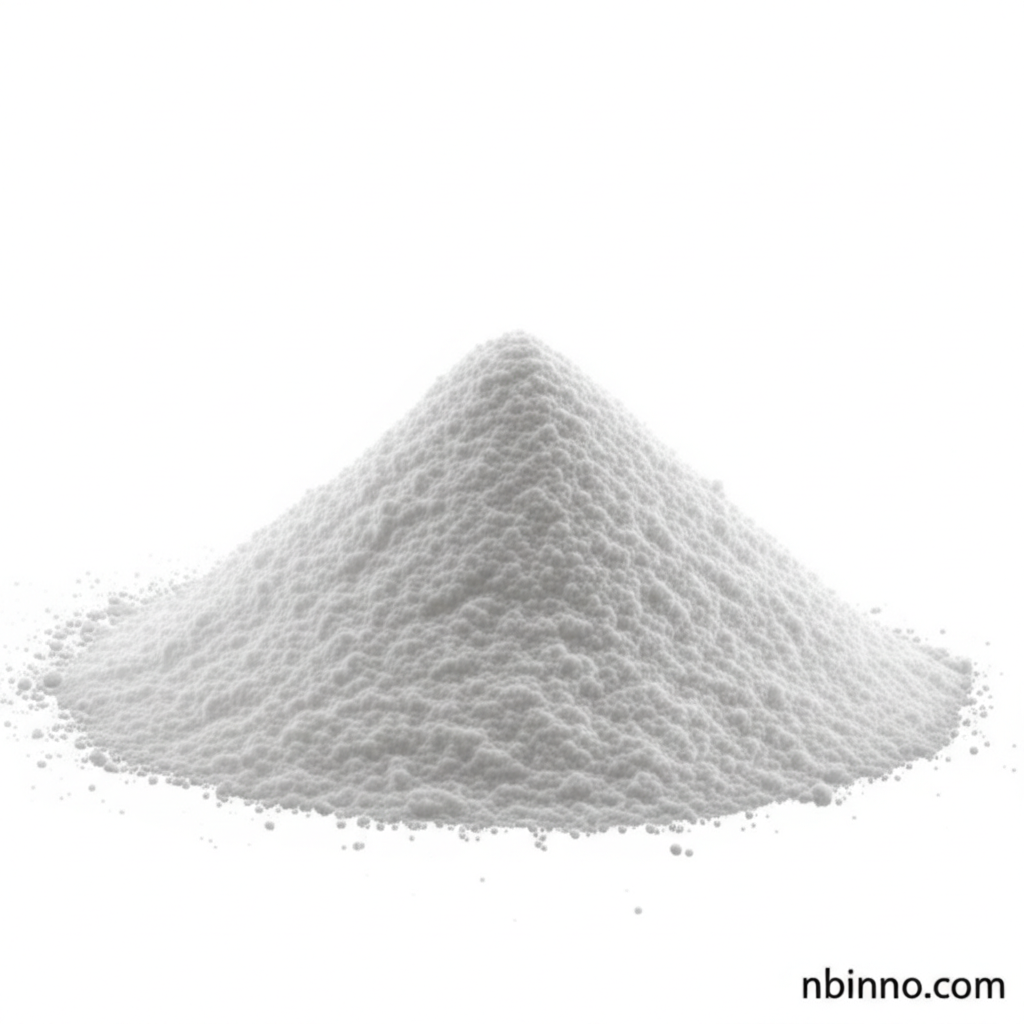Methylisothiazolinone (MIT): Properties, Applications, and Safety Considerations
Discover the essential role of Methylisothiazolinone (MIT) as a powerful biocide and preservative. This article delves into its properties, diverse applications across industries, and critical safety aspects, including its impact on human health and environmental considerations.
Get a Quote & SampleProduct Core Value

Methylisothiazolinone
As a leading supplier in China, we offer Methylisothiazolinone, a potent synthetic biocide and preservative crucial for inhibiting microbial growth in water-based solutions and a wide array of consumer and industrial products. Its effectiveness in preventing bacterial contamination makes it a vital component in numerous formulations. We are committed to providing high-quality chemical intermediates, ensuring product integrity and reliability for our diverse clientele.
- Explore the diverse applications of this potent biocide in water treatment and industrial processes, crucial for preventing microbial growth.
- Understand the chemical properties and molecular structure of Methylisothiazolinone, vital for its broad spectrum of uses.
- Learn about the safety considerations and regulatory landscape surrounding Methylisothiazolinone, particularly regarding skin sensitization and toxicity concerns.
- Discover why this isothiazolinone derivative is a key ingredient in many personal care and industrial cleaning products, offered by a trusted manufacturer in China.
Key Advantages
Broad-Spectrum Efficacy
Methylisothiazolinone demonstrates potent broad-spectrum antimicrobial activity, effectively controlling a wide range of bacteria, fungi, and algae, making it a valuable preservative. This characteristic is essential for maintaining product integrity and preventing spoilage in various applications.
Versatile Applications
This compound finds extensive use in personal care products like shampoos and lotions, as well as in industrial settings such as paints, adhesives, and cooling water systems, highlighting its versatility as a biocide and preservative.
Cost-Effectiveness
As a widely produced chemical intermediate, Methylisothiazolinone offers a cost-effective solution for microbial control, making it an attractive option for manufacturers seeking efficient and economical preservation methods.
Key Applications
Water Treatment
Methylisothiazolinone is widely utilized in industrial water systems and cooling towers to prevent the growth of harmful microorganisms, ensuring operational efficiency and preventing biofouling. Its role in water treatment is critical for hygiene and material preservation.
Personal Care Products
This compound serves as a crucial preservative in a vast array of cosmetics and personal hygiene products, including shampoos, lotions, and wet wipes, safeguarding them against microbial contamination.
Industrial Preservation
Beyond water treatment, Methylisothiazolinone is incorporated into paints, adhesives, paper coatings, and metalworking fluids to protect materials and products from microbial degradation, extending their shelf life and maintaining their quality.
Pest Control Formulations
In some instances, it is used in formulations aimed at controlling pests and preventing their detrimental effects on materials and environments, contributing to overall hygiene and safety.
